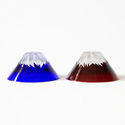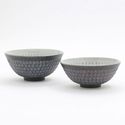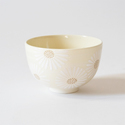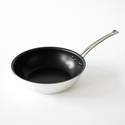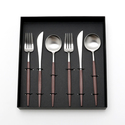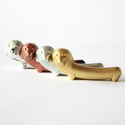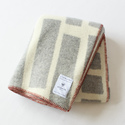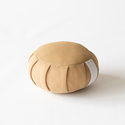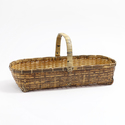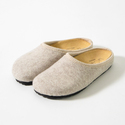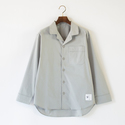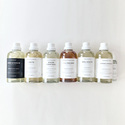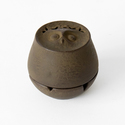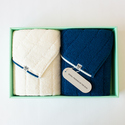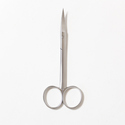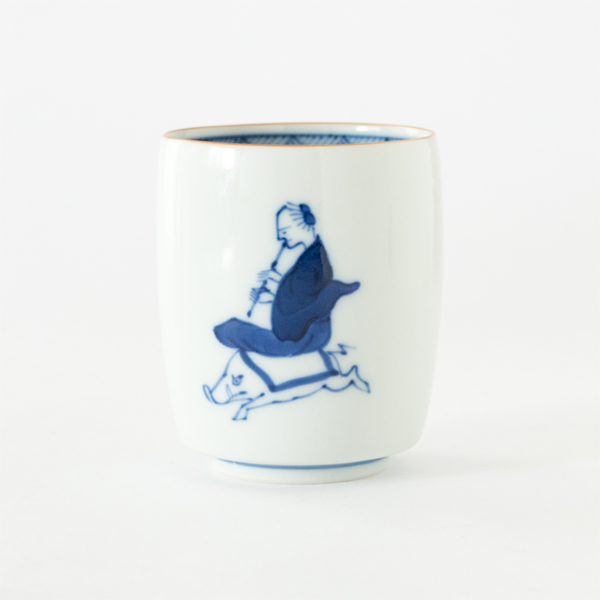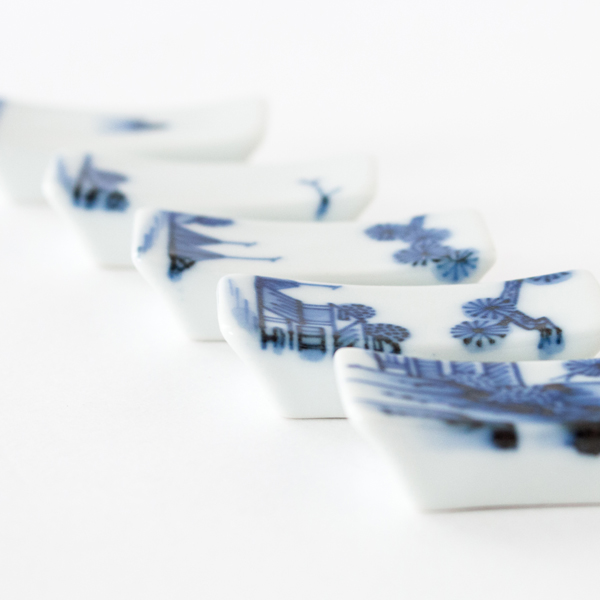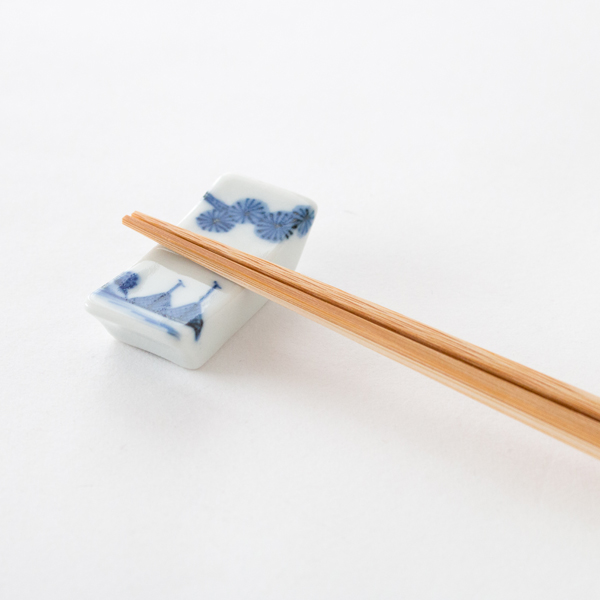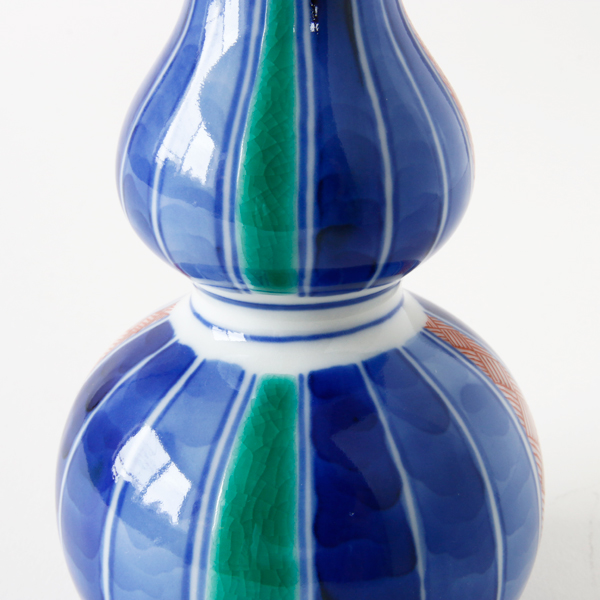- トップページ/
- ZUTTOのよみもの/
- ブランドストーリー/
- Challenge for the...

Challenge for the New Kutani Pottery - Kamide Choemon
A manufacturer of Kutani pottery, Kamide Choemon has been produced pottery for about 140 years. On their products, we can see not only the traditional element of Kutani pottery but also the uniqueness that would be the challenge for creating new Kutani pottery.
Kunita pottery and Kamide Choemon
Kutani pottery started to be produced in about 1655 in Kutani city of Ishikawa prefecture. The qualified clay was discovered in the Kutani area and the technique of pottery was brought to the area. One of the characteristics of Kutani pottery is its bright colors. There are some color patterns for the pottery, such as placing red, yellow, green, purple and navy on white base (which is called "Gosai") and placing greenish colors (which is called "Aode"). Mostly natural patterns, for instance, flowers, birds, and mountains are painted with those colors. With its long history, the beauty of Kutani pottery has been spread to other countries besides Japan.
Kamide Choemon has been founded in 1879 in Terai village of Ishikawa prefecture. The founder of Kutani pottery, Shozo Kutani was actually from the village. Kamide Choemon has put importance on hand painting since the foundation and develops technique and process of production. Almost all the steps of production are done by its own.
Now the sixth generation takes over the company. The chief manager, Keigo Kamide always seeks the base of design and tries to develop the new ideas. The pattern of a piper is one of them.
The piper's pattern is originated from the 17th century of China. The fourth chief manager of Kamide Choemon fell in love with this pattern and Kamide Choemon started to paint the pattern for more than 60 years. Through the hand painting by several different artisans, the pattern has been built.
In recent years, the pattern of a piper was evolved to the new pattern. The above design, a piper on a boar was developed from Japanese zodiac. Balancing with its tradition, Kamide Choemon wishes Kutani pottery to be used by many people with new ideas of the pattern.
Humorous and beautiful Kutani pottery
Kamide Choemon's Kutani pottery is produced through the process of kneading clay, forming the pottery, baking, painting and again, baking.

▲Forming the bottom
Kneading clay is important to prevent the pottery from cracking. The pottery is formed on a potter's wheel and baked in a huge kiln. Baking with high temperature, the pottery gains strength.

After the first baking, the pottery is going to be painted. In the beginning, it would be painted by a blue pigment called Gosu for the draft. Then glaze is put on all over the pottery for coating. By having the glaze, the pottery gets the smooth touch.
After the second baking, the pottery is painted by colorful pigments. You can now see the colorful Kutani pottery here. Finally, the pottery is baked again to have fine finish, then the long production process is completed.
Chopstick rest that presents one picture
Here are the 5 sets of chopstick rest with Gosu painting. Old houses, the sea, and pine trees are painted on each piece and they become like one picture when they are lined up.
Plum container with fortunate colors
Red and white are known as fortunate colors. The tiny containers form like a plum flower are colored with bright red, white and gold.
The containers can be used for storage or serving small food. They can be used as a container for accessories and also recommended for gift as well.
In order to enjoy Kutani pottery more
Since Kamide Choemon's Kutani pottery is all made by hands, each of the products has different sizes, colors, and shapes. It is important to understand the characteristics of handmade pottery before use.
For instance, here are the cups with the same pattern of a piper. Even though they have the same design, each size of the cup is different, the color for the right one is darker, and the shape of the pipers are slightly different too. The way of painting, forming, and baking influence the finish of each product.
Crazing on the surface would be seen on Kutani pottery. It appears due to the tension between the base and grazes, but it does not mean the pottery is going to crack. Hope you enjoy the different pattern of crazing on each pottery.
▼FInd Kamide Choemon's Kutani pottery here

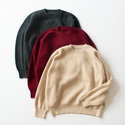


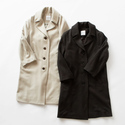

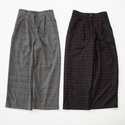
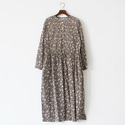


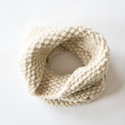

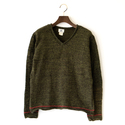

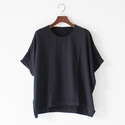
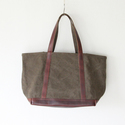

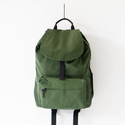
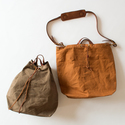

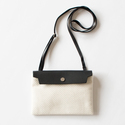
.jpg)
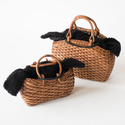
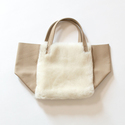
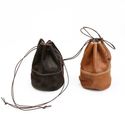
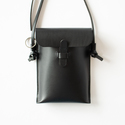

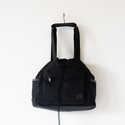
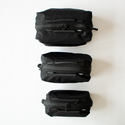
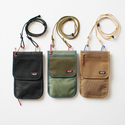
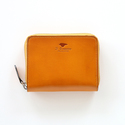
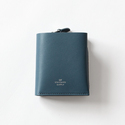
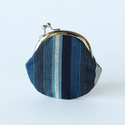
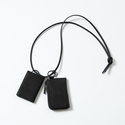
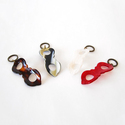
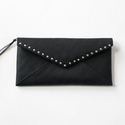
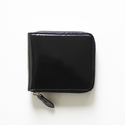


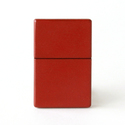
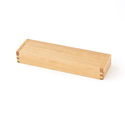
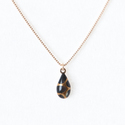

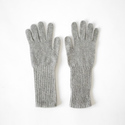


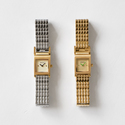

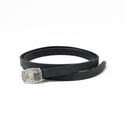
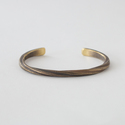
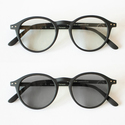
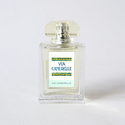

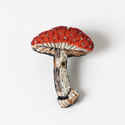
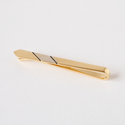



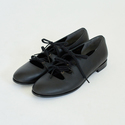
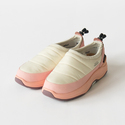
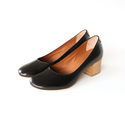


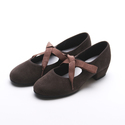
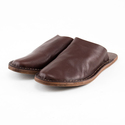
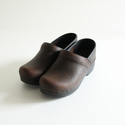

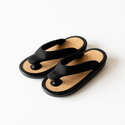

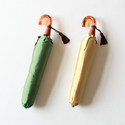
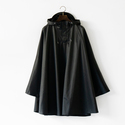
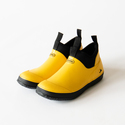
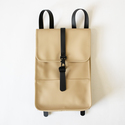
.jpg)


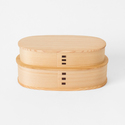
.jpg)
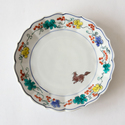
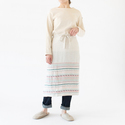
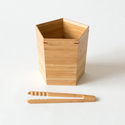
.jpg)

